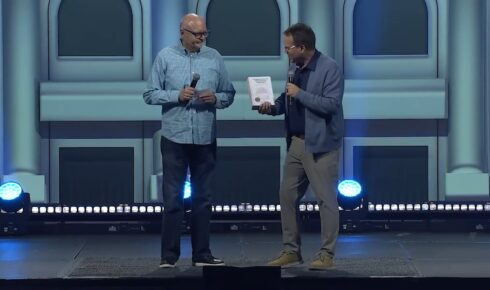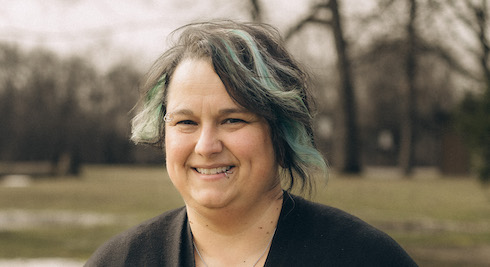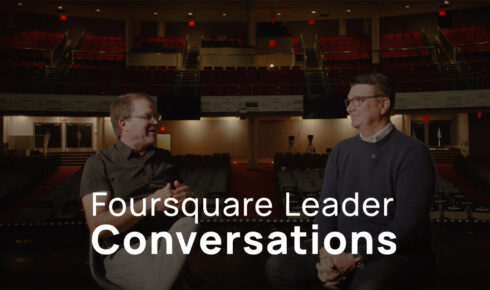Remember the Berlin Wall? For nearly three decades, it was known as a symbolic Iron Curtain separating people from freedom. The German Democratic Republic (GDR) began construction of the Wall in 1961. When it was complete, the concrete structure enclosed the city of West Berlin and included guard towers that helped define the newly created border between Western Europe and the Eastern Bloc.
Just this past week, major celebrations commemorated the 20-year anniversary of the Wall coming down. This historic event began with a decree by the East Germans on November 9, 1989 that sections of the Wall be opened for travel between West and East Berlin. Today, remnants of the Wall are showing up everywhere from museums to personal collections.
The Wall symbolized a huge difference in philosophy that would affect the politics and the people of Berlin and the world. On the eastern side, the focus was on control and compliance in a culture where a strict code dominated everyone’s thinking and lifestyle. On the western side, freedom and individuality reigned. During the 28 years of its existence, around 5,000 people attempted to escape over the Wall, with estimates of the resulting death toll varying between 100 and 200 people. Guess which side people were fleeing from and to which side they were trying to go?
A friend of mine remarked recently that he was in Berlin just two years after the Wall came down. He could clearly see a marked difference between the two sides. He told me the East Berlin side was like looking at a black and white picture, while the West Berlin side looked like a picture in full color. President Ronald Reagan’s now famous speech delivered at the base of the Wall at the Brandenburg Gate, rang loudly: “Tear down this wall!” Soon, the wall began to crumble and a new and powerful future emerged to unify the people of Germany.
It is risky and righteous to give people freedom of choice! It is much easier to establish rules and spend our energy expecting and enforcing compliance. In that type of culture, everyone is treated the same, with no exceptions! It’s a world of strict order and more easily-predictable outcomes. But it’s also a restrictive world, at odds with the reality that God made us as individuals with the capacity to pursue freedom and choices.
People thrive in an environment filled with hope and expectation, and in a culture where they can pursue their dreams and offer their unique contributions. It’s messy at times, and unpredictable, but freedom inspires creativity that has no bounds. The same is true within the church: we as leaders can either establish a culture that promotes freedom—or one that stifles it. Further, the way we choose to lead will reflect the kind of outcome we experience. Let’s contend, with every ounce of energy we have, to lead our lives, our homes, our churches, and our movement in such a way that freedom reigns.
Prayer Focus: Hebrews 11:30 declares: “By faith, the walls of Jericho came tumbling down.” May the God we serve give us the courage and counsel to move brazenly against the walls that would restrict us from God’s promised territory! May we also continue to discover together the inadvertent walls built to restrict rather than release. And may we move with a unified voice to storm the gates of hell rescuing those who have been trapped behind those walls!
==
By: Glenn Burris Jr., interim president


